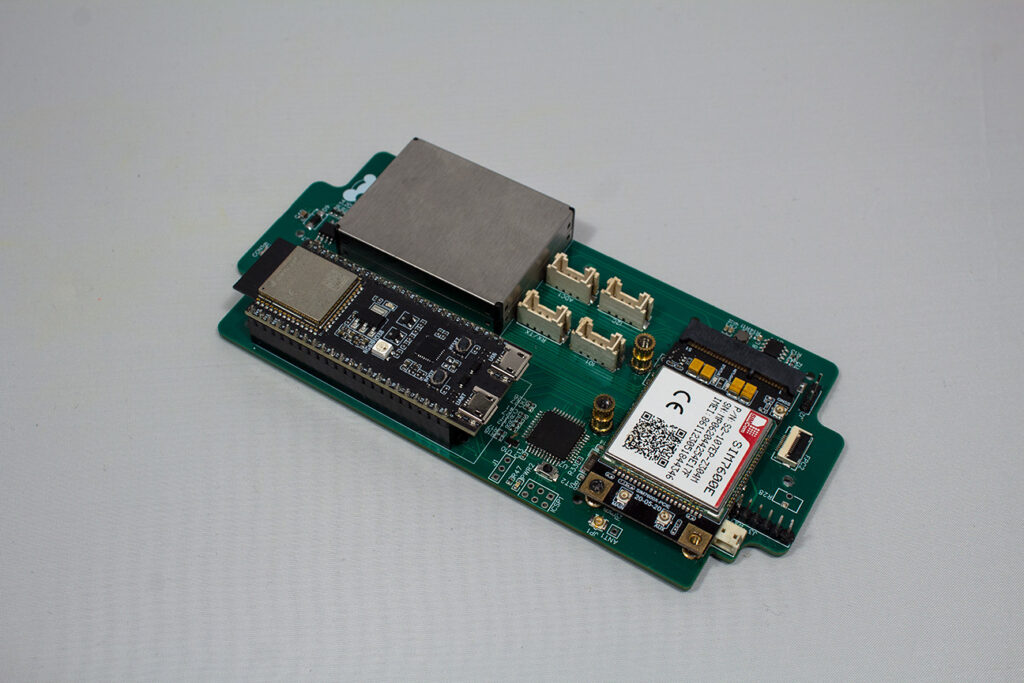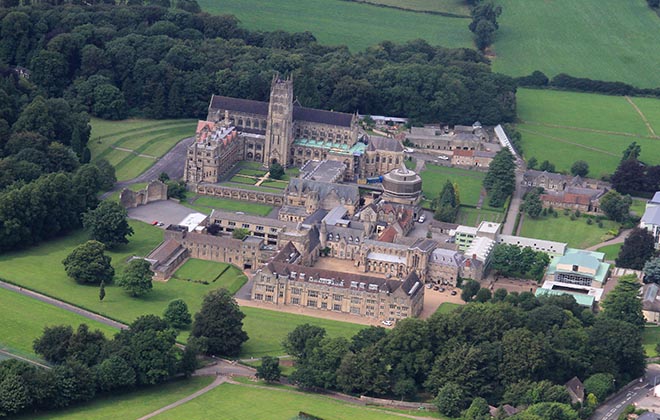Dev Diary: Hardware & Software Entry 3
Today’s Progress: Hello, my name is Josh! I am the Product Development & Technology Manager at ScienceScope. This week, we are combining the versatile Gas Interface A4 board with our IoT board capabilities. Along with exploring the development history and new features of our IoT Exploratory system. Our progress to date is covered in the previous two Dev diary entries.
I undertook my first major development project when I started working full-time for ScienceScope in 2016. Building our own IoT system from the ground up. This system needed to adhere to specific requirements for time series data and provide adequate control of data visualisations to support detailed and accurate analysis of the variety of data obtained by our IoT sensors.

Much of our IoT Exploratory system was developed using the Microsoft Azure cloud computing services. We decided Azure was the best fit, because of the services available and pricing that matched our requirements. Specifically, we liked the IoT Hub as it allows for MQTTS integrations with built-in device management.
Our IoT Exploratory system allows for data to be gathered from a variety of IoT devices and sensors. We are exploring functionality and capabilities of the new IoT Gas Logger & Gas Interface A4 board. We use a wireless LTE module for internet connectivity with roaming sim cards to increase operational range.

The device has been set to upload data every 5 minutes with a min/max and average calculated for each upload interval. These settings allow for events to be captured, tracked, and measured more precisely than only receiving a single datapoint every 5 minutes.
A recent development to the Exploratory system allows for conducting user defined gas calibrations in the cloud. Raw sensor data can be uploaded with calibrations applied upon visualisation. Calibrations can be altered without code updates and allows users to apply calibrations and checks which suit their unique use case.

Challenges Encountered: Initially we encountered a variety of issues with mobile LTE connectivity and fully integrating with Azure using MQTTS. We use features like device twins and remote updates.
A solution was established in the migration of our calibration tools to Azure systems. Like our sensor data, the calibration data needs to measure in time series. If new calibrations are completed when gas cells can drift, the correct data will be displayed. Also allowing for an easy switch between gas cells for long term monitoring. These measures are key to reducing longer-term maintenance costs and complexity for the user as code updates will not be required.
Insights Gained: Developing libraries to enable support for mobile LTE modules to have our required functionality. This includes working with the Azure SDK C library. Further insights into more Azure services needed for calibration data such as Azure Functions and Table Storage.
Next Dev Diary: In the next dev diary, we will be diving into Exploratory features, exploring further applications of gas and weather data tools, as well as new features currently in development.
Thank you for following our development journey! If you have any queries, would like to discuss our product further or discover how we can apply our technologies to a project of your own, please message me at josh@sciencescope.uk, we look forward to hearing your thoughts and suggestions!
Keep in touch
We would love to keep you up to date with all of our latest news, offers and new products.
If you would like to subscribe to our mailing list please click the button below.
Contact Us

ScienceScope Limited
Downside School
Stratton-on-the-Fosse
Radstock
BA3 4RJ
enquiries@sciencescope.uk
